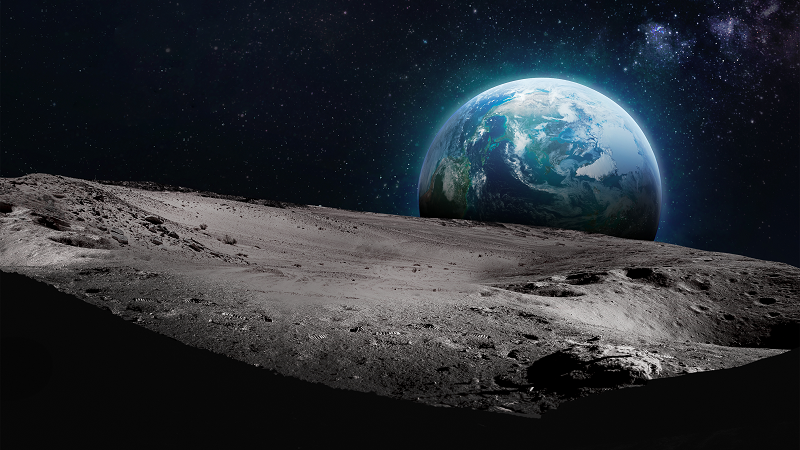
Despite NASA’s move earlier this month to push out the dates for its Artemis moon orbit and landing programs, the Artemis project continues to face problems including cost-saving challenges, witnesses said at a House Science, Space, and Technology Space and Aeronautics Subcommittee hearing today.
The Artemis program, which was created in 2017, aims to advance scientific discovery and economic benefits for the U.S. and its international partners.
NASA said on Jan. 9 that it was pushing back the second phase of Artemis – a crewed orbiting mission around the moon – to a target date of September 2025, and the third phase of the project – landing astronauts on the moon – to a target date of September 2026. The target date for the fourth phase of the project – the first mission to the planned Gateway lunar space station – remains for some time in 2028.
The agency said it extended the phase two and three target dates “to allow teams to work through challenges associated with first-time developments, operations, and integration.”
William Russell, director of contracting and national security acquisitions at the U.S. Government Accountability Office (GAO), said at today’s subcommittee hearing that the Artemis program continues to “face several challenges. These include the Artemis schedule, a lack of transparency into the Artemis mission, and program costs.”
Russell cited a 2023 GAO report that had called into question the previous schedules for the project’s second and third phases, citing remaining technical work, among other factors.
George Scott, NASA’s acting inspector general, talked about the project’s high-dollar funding needs.
“Overall, we projected that total Artemis costs will reach $93 billion between 2012 and 2025,” Scott said. “We also estimate that SLS and Orion production and operating costs will total at least $4.2 billion per launch for the first four Artemis missions. This figure does not include $42 billion in formulation and development costs spent over the past dozen years,” he said.
“To its credit, the agency recognizes the need to reduce costs and is attempting to do so,” Scott said. “Our work, however, has found that some key cost-reduction efforts may fall short.”
“This is due in part to NASA not capturing certain costs when developing estimates or relying on unrealistic assumptions,” stated Scott. “NASA also wants to make its moon to Mars effort more sustainable by sharing costs with its international partners. However, the agency’s current plan does not include cost estimates for these partners beyond” the fourth phase of the Artemis project, he said.
Rep. Frank Lucas, R-Okla., who chairs the full Science, Space, and Technology Committee, said the Artemis program continues to be of high importance in light of interest by China to pursue the same type of program.
“We have a responsibility to not only our constituents but the international community to see that Artemis is executed in a timely and fiscally responsible manner without sacrificing safety,” Rep. Lucas said. “I remind my colleagues that we are not the only country interested in sending humans to the moon.”
“The Chinese Communist Party is actively soliciting international partners for a lunar mission, a lunar research station, and has stated its ambition to have … human astronauts on the surface by 2030,” Rep. Lucas said.
